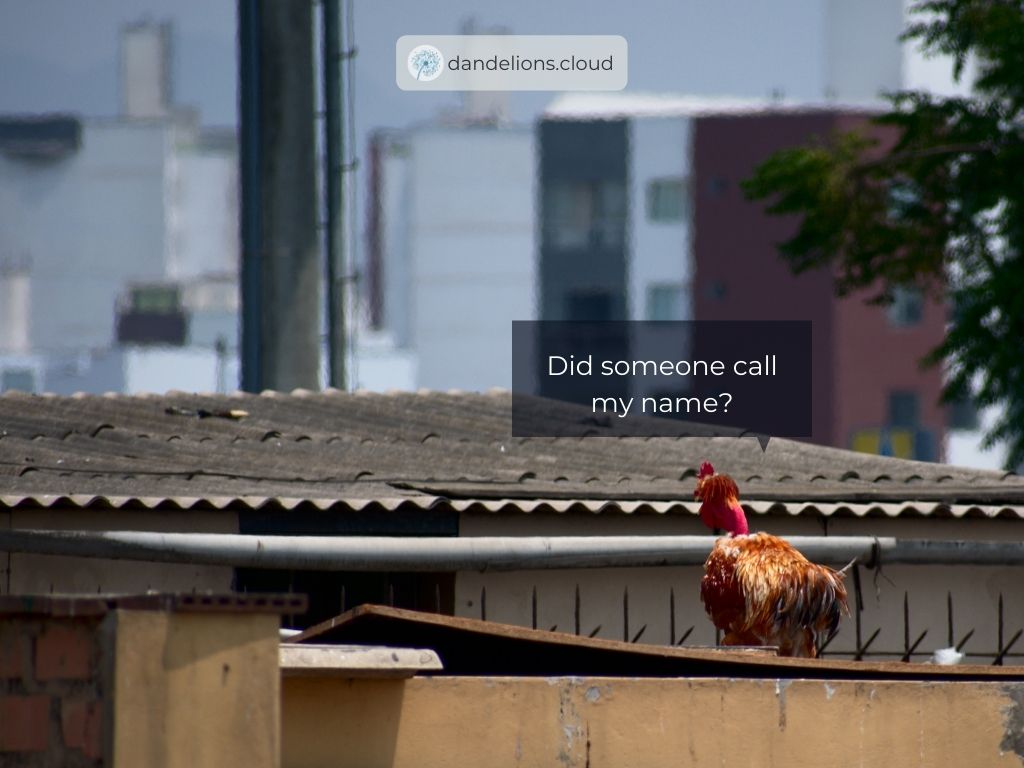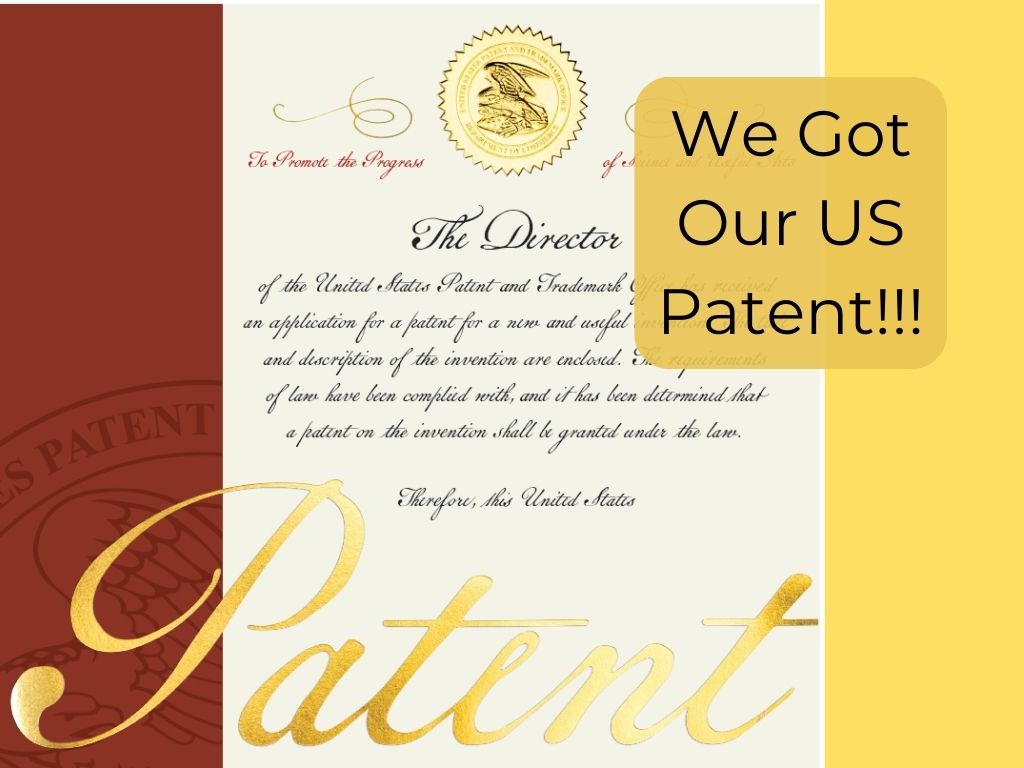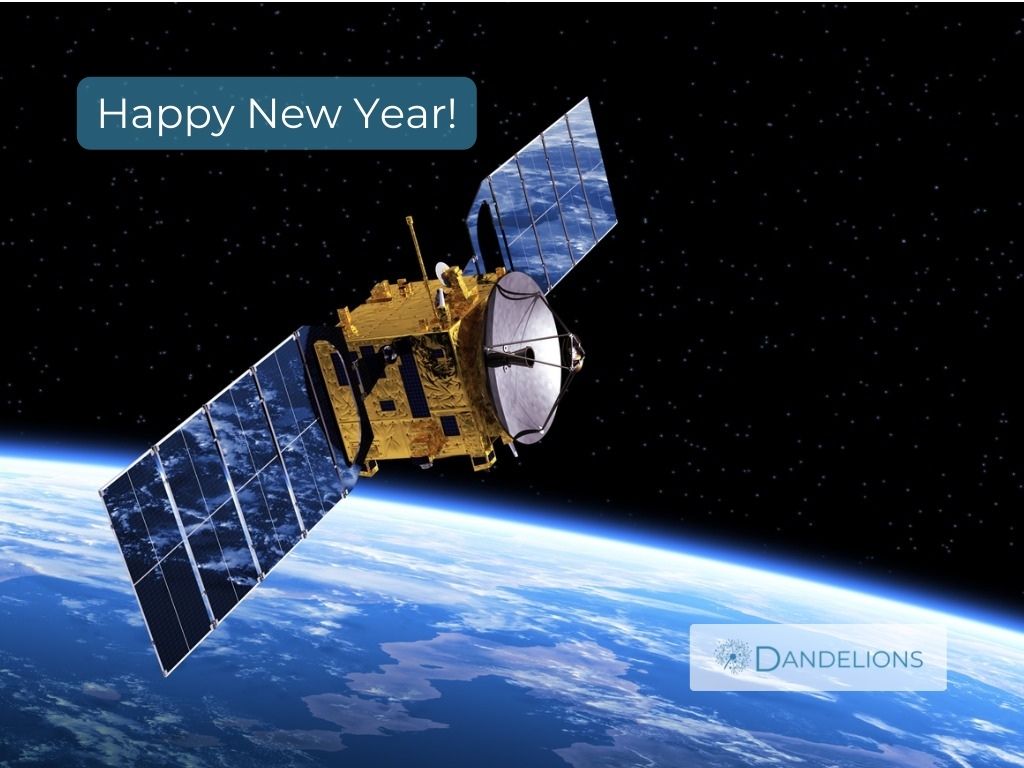Remember the weathervane or the roosters on roofs?
If you grew up watching cartoons, you would know exactly what we are talking about.
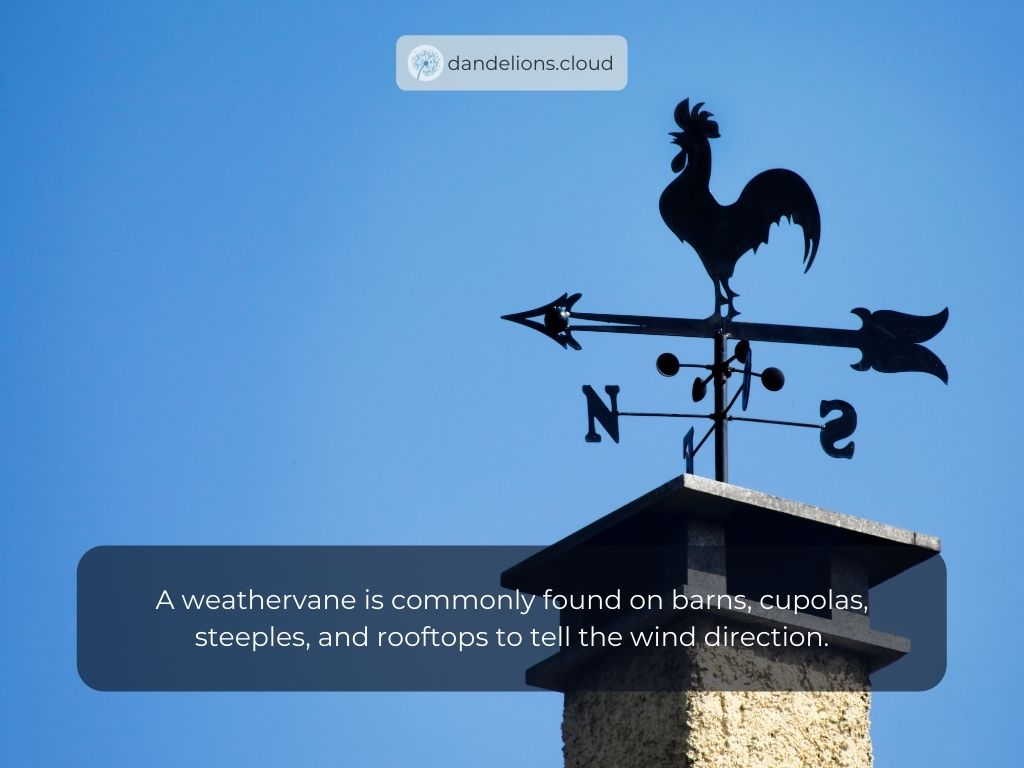
A weathervane is commonly found on barns, cupolas, steeples, and rooftops. These were originally used to tell the wind direction.
However, as technology becomes more and more advanced, people now use wind direction sensors to find out the wind direction.
The good thing is that you could also fit your Gyrochute with a wind direction sensor!
So, let's find out what is a wind direction, a wind direction sensor, and why you want to equip your Gyrochute with wind direction sensors!
What Is Wind Direction
Wind direction is the direction from where the wind originates.
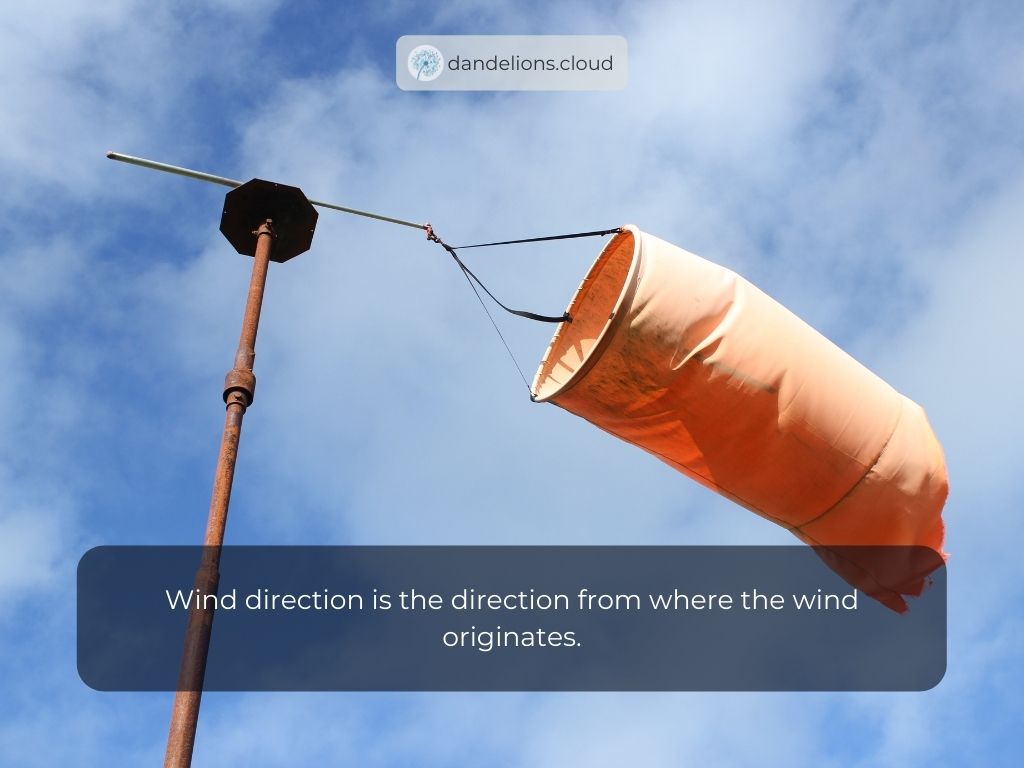
For example, if you are standing where the wind directly blows into your face, that direction you are facing is the name of the wind. So, if you are facing north, that is a north wind.
Originally, there are only 4 main wind directions, namely North, East, South, and West. However, this number has become 8, 16 and finally 32.
Technically, a compass with 16 directions is already considered as simple and accurate. So, why do we need 32 directions? It is because the wind direction is also measured in degrees (°) from 0° to 360°, where 0° is north.

When more precise wind directions are needed, directions are reported to 36 points of the compass in 10-degree increments: 360 degrees (due north), 350 degrees (very slightly west of due north), 340 degrees, etc.
What Is Wind Direction Sensor?
The wind direction sensor is a physical device that measures and transmits wind direction information.

It works through the rotation of a wind vane arrow and transmits its measurement information to the coaxial encoder board, and at the same time outputs the relevant value of the wind direction.
Wind direction sensors usually provide average wind direction for the measurement interval. Some can also provide a visual indication of wind direction.
A really good wind direction sensor can give a full 0 to 359.9-degree range, giving much greater accuracy, sensitivity & reliability.
Why Equip The Gyrochute With A Wind Direction Sensor?
If this is your first time here, you're probably wondering, what is a gyrochute?
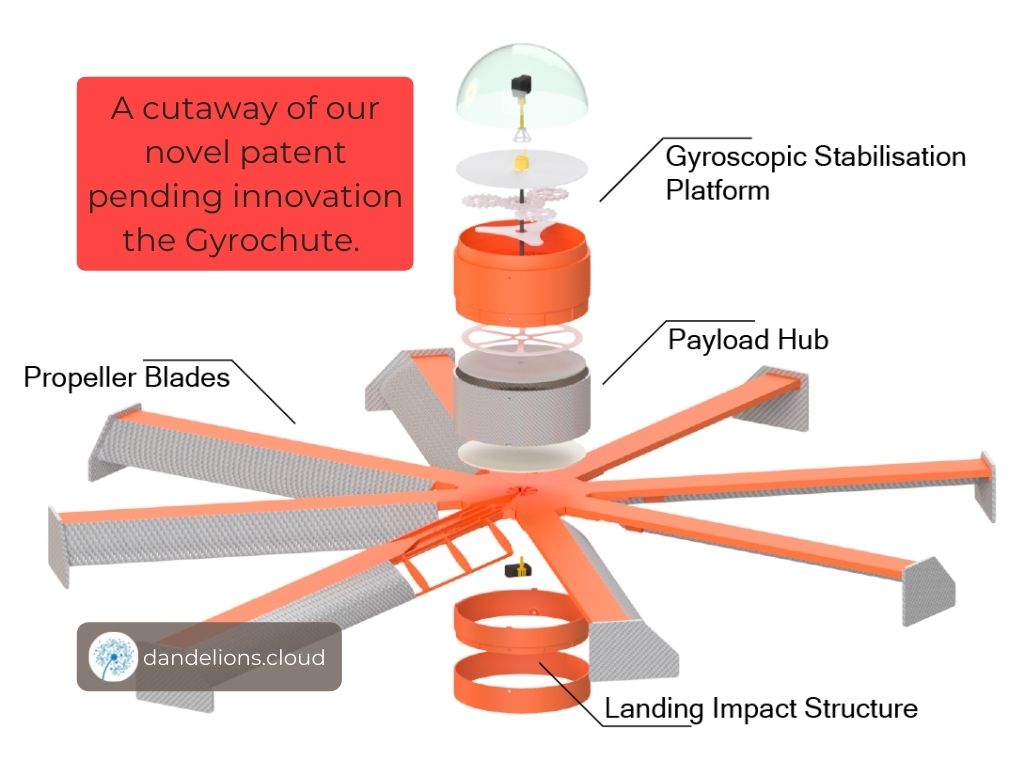
The Gyrochute is an unpowered safe descent vehicle that we at Dandelions is currently developing. The vehicle relies on the principle of auto-rotation, not only air resistance, to securely deliver payloads.
Our Gyrochute comes with a payload container that you can fit with wind direction sensors.
So, why equip the Gyrochute with a wind direction sensor?
1 - Meteorology
In meteorology, winds play a significant role in determining and controlling climate and weather. Wind speed and direction are important for monitoring and predicting weather patterns and global climate.
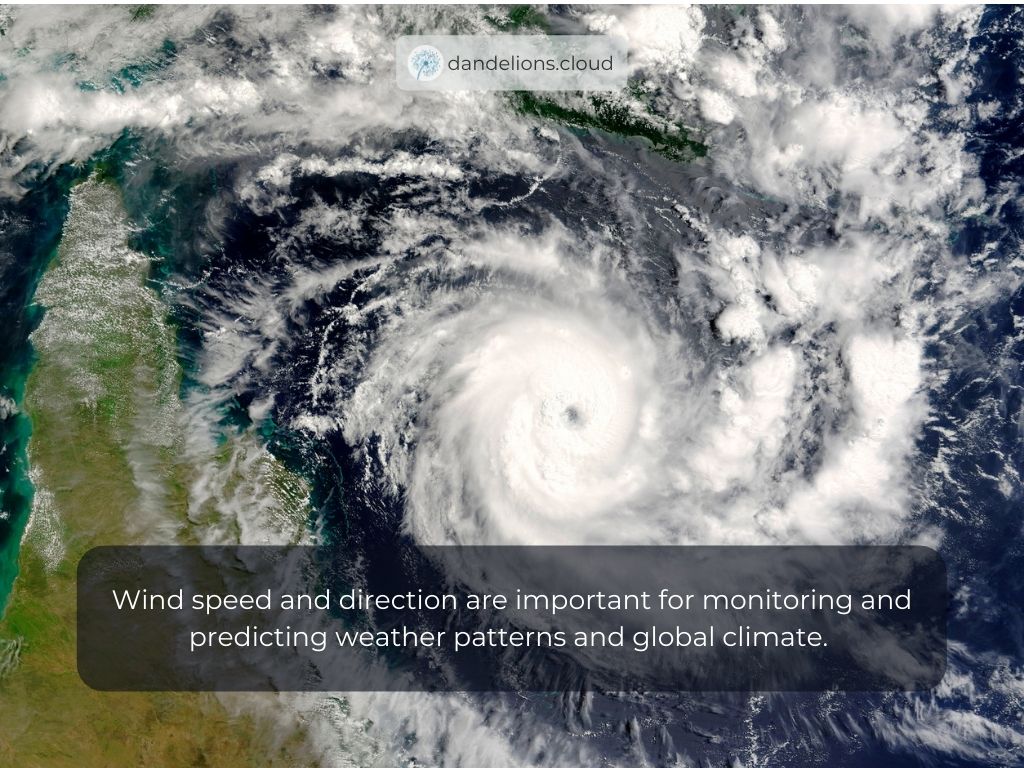
Wind carries moisture into an atmosphere, as well as hot or cold air into a climate that affects weather patterns. Therefore, a change in wind results in a change of weather.
For example, wind speed and direction can tell if a storm is going to happen. Therefore, the bureau of meteorology can work together with various government bodies to prepare for the upcoming storms and warn the citizens.
The Gyrochute could be dropped in remote areas to monitor the local weather.
2 - Controlling Fire
Wind is a major controlling factor that determines the rate and direction of spread, and the shape of fire.
For example, this illustration describes the fire that can result from a change in wind direction.
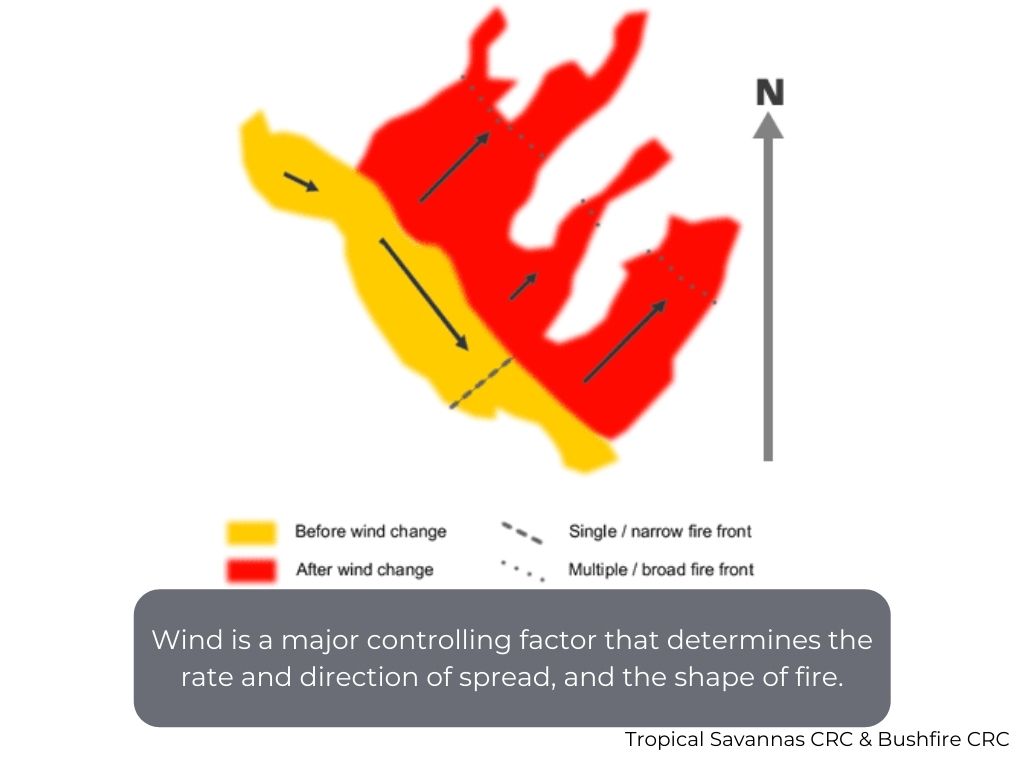
The change in wind direction from NW to SW has caused the flank fire to become the new fire front, making a much larger and potentially more difficult to control fire than the original narrow front.
With the Gyrochute that's equipped with a wind direction sensor, the fire could be easily controlled, preventing a much bigger fire.
3 - Pollution Monitoring
The fate of air pollutants is influenced by air movements.
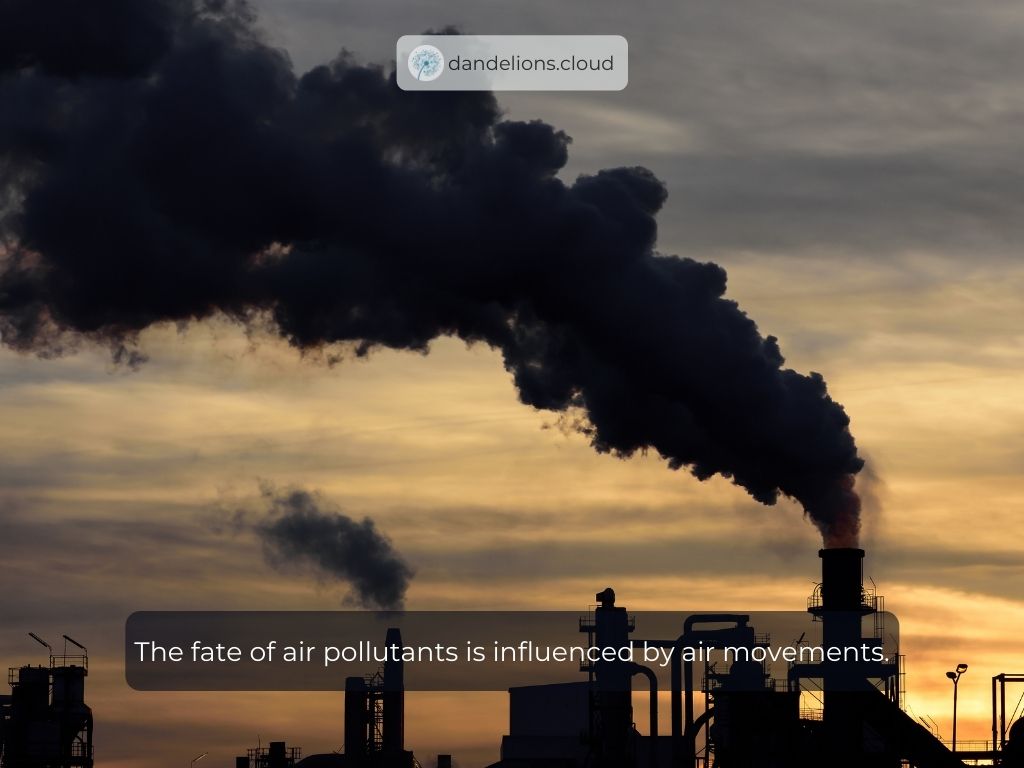
If the air is calm and pollutants cannot disperse, then the concentration of these pollutants will build up. On the other hand, when strong, turbulent winds blow, pollutants disperse quickly, resulting in lower pollutant concentrations.
By having wind direction sensors in the Gyrochute, you can:
Identify the source of pollutants
Predict air pollution events. For example, inversions and high-pollutant concentration days
Simulate and predict air quality using computer models.
Conclusion
In this article, we have talked about what is a wind direction, wind direction sensor, and why you want to equip the Gyrochute with wind direction sensors.
The Gyrochute can be equipped with various other payloads, such as rain or temperature sensors, and also 360-cameras.
Contact us at hello@dandelions.cloud for more information about our products or about how our products can fit your use cases!
